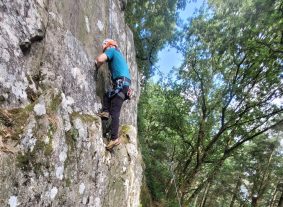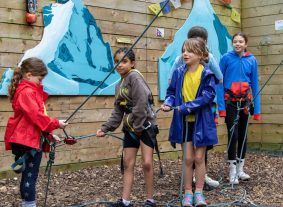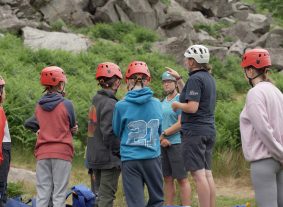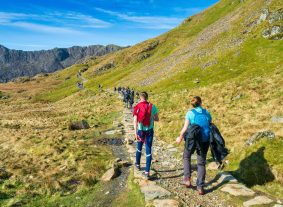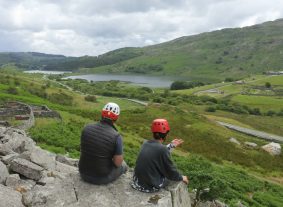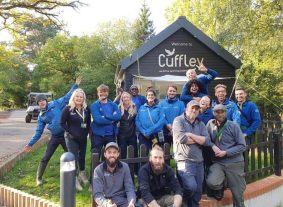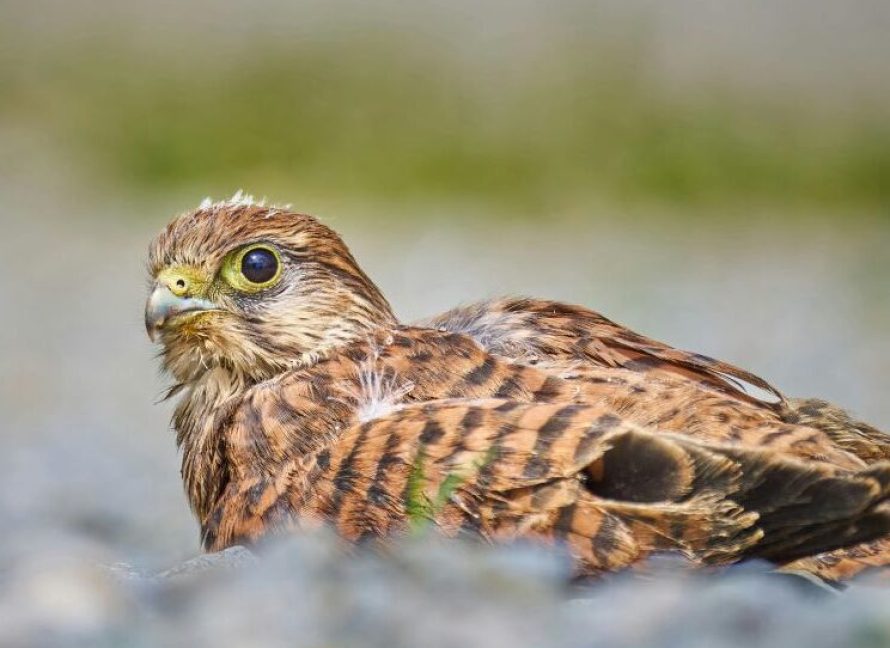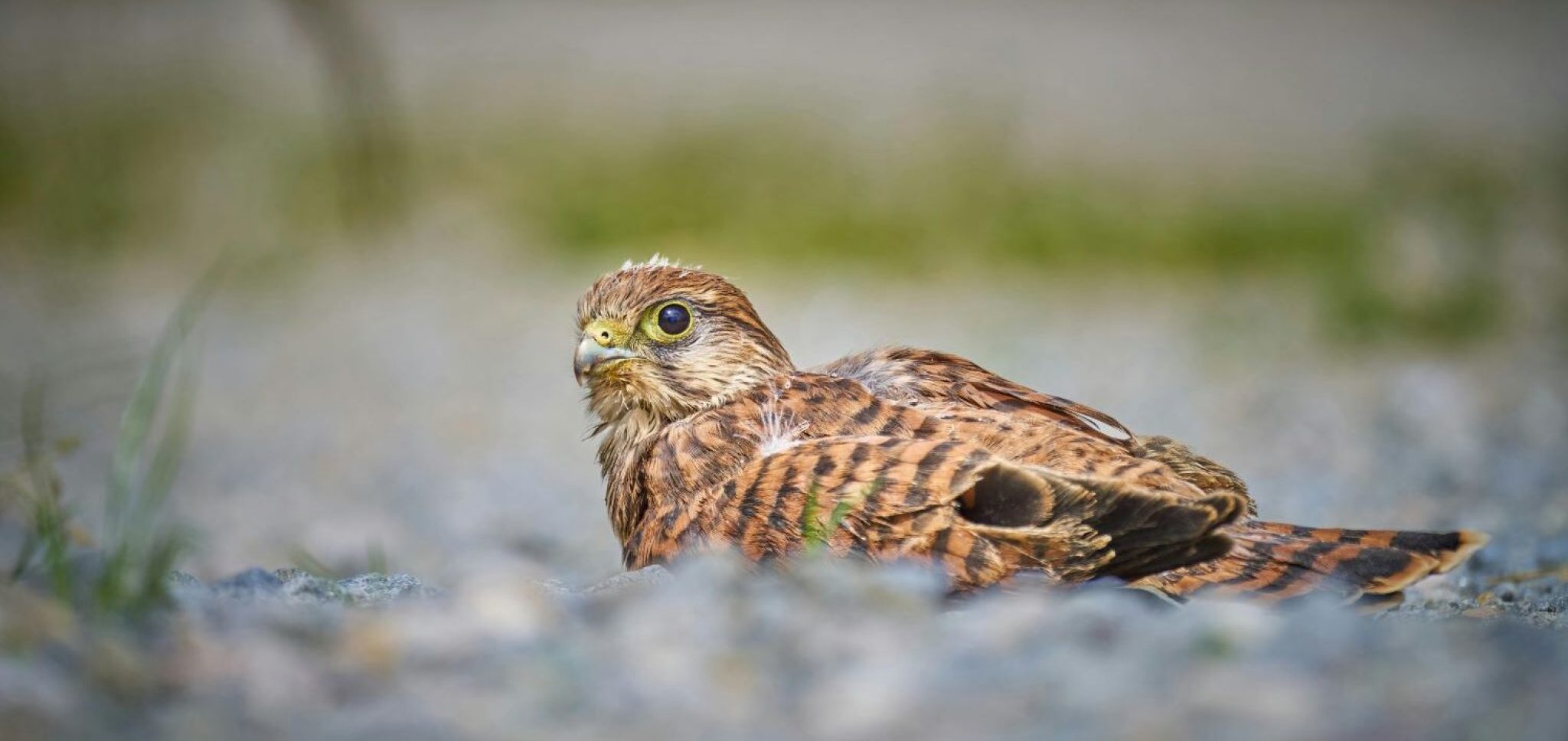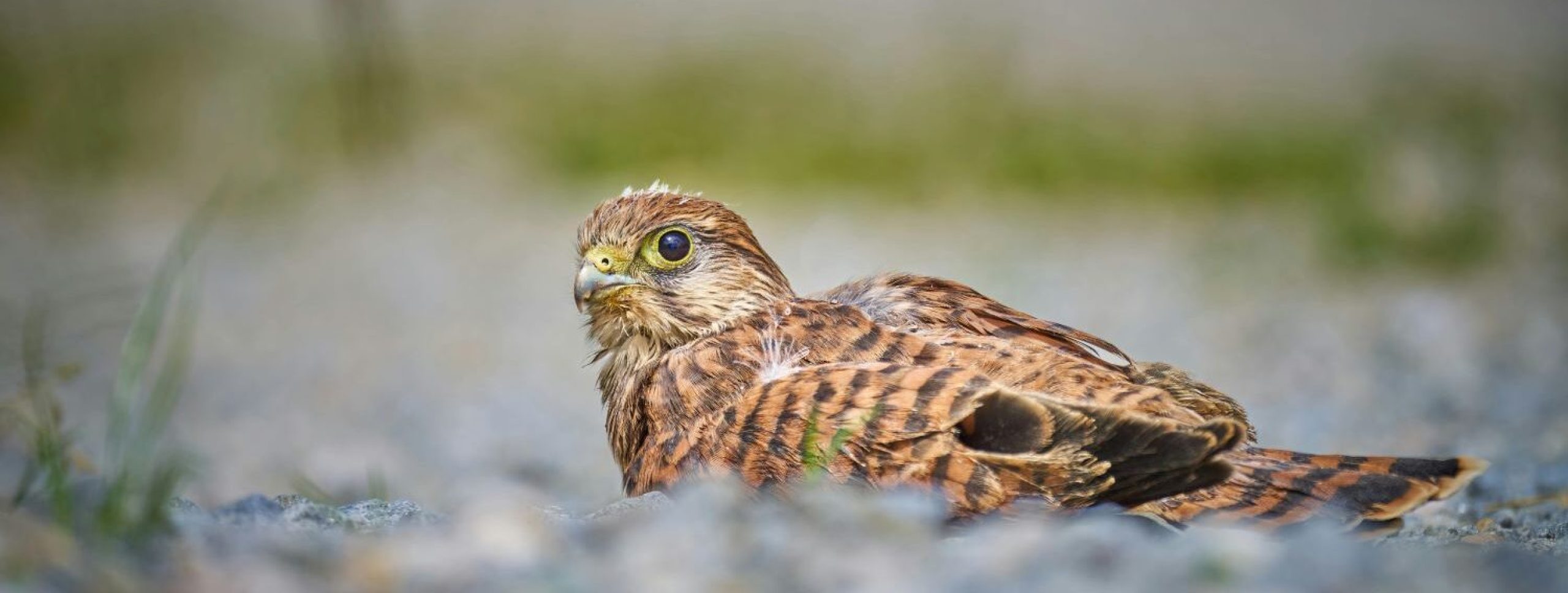At our outdoor learning centres, connecting with nature is at the heart of everything we do. Whether you’re hiking through the rugged beauty of Snowdonia, exploring the coastal cliffs of Pembrokeshire, or wandering through the woodlands of Hertfordshire, each of our centres offers unique opportunities to discover the wonders of the natural world.
From vibrant wildflowers to majestic birds, and curious bugs to towering ancient trees, there’s so much for participants to observe and enjoy during their time at our centres.
Snowdonia: Mountain Wilderness and Diverse Ecosystems
Snowdonia National Park is one of the UK’s most iconic landscapes, known for its dramatic mountains, glacial lakes, and lush valleys. At our Snowdonia centre, participants are treated to a diverse range of flora and fauna, all adapted to this breathtaking but rugged environment.
- Birds of Prey: Snowdonia is home to some of the UK’s most spectacular birds of prey. Keep an eye on the skies for golden eagles or peregrine falcons soaring overhead. These majestic birds are a highlight for any nature lover, with the falcon’s speed and the eagle’s wingspan providing an awe-inspiring sight.
- Mountain Hares and Red Squirrels: You might be lucky enough to spot the elusive mountain hare, which turns white in winter to camouflage against the snow-capped peaks. The red squirrel is another rare and exciting sight, especially as their numbers have declined elsewhere in the UK.
- Wildflowers and Mosses: Snowdonia’s moist and varied climate makes it a haven for wildflowers and mosses. Look out for purple heather blooming across the moors and the Snowdon lily, a rare Arctic-alpine flower that thrives in the mountain’s crags. Snowdonia is also famous for its mossy forests, where dense carpets of green moss cover rocks, tree trunks, and the forest floor, creating an enchanting scene.
- Rare Insects and Bugs: The wetlands and boggy areas of Snowdonia support a variety of fascinating bugs and insects. You might spot the great diving beetle in one of the park’s many ponds or discover delicate dragonflies and damselflies hovering over streams and rivers.
Pembrokeshire: Coastal Wildlife and Dramatic Cliffs
Our centre in Pembrokeshire is located near the stunning Pembrokeshire Coast National Park, known for its breathtaking sea cliffs, sandy beaches, and wildlife-rich coastline. If you love marine and coastal environments, this is the place to explore!
- Atlantic Grey Seals and Dolphins: One of the most exciting wildlife encounters in Pembrokeshire is the chance to spot Atlantic grey seals lounging on the rocks or bobbing in the water. If you’re lucky, you might also see bottlenose dolphins swimming along the coast. These marine mammals are a highlight of any coastal adventure!
- Coastal Birds: The cliffs of Pembrokeshire are home to a wide array of seabirds, including puffins, razorbills, and guillemots. These birds nest in colonies along the cliffs, and their dramatic take-offs and landings are fascinating to watch. The sight of a puffin with its brightly coloured beak is a favourite for many visitors.
- Rock Pools and Shoreline Creatures: Down by the shore, participants can explore the diverse world of rock pools, which are teeming with life. You’ll find everything from sea anemones and starfish to crabs and barnacles clinging to the rocks. Rockpooling is a hands-on way to discover the hidden world of marine invertebrates.
- Coastal Flowers: The Pembrokeshire coastline is dotted with colourful wildflowers, including the bright pink thrift (also known as sea pink), sea campion, and yellow horned poppies. These hardy flowers cling to the cliff edges, adding splashes of colour to the dramatic coastal scenery.
Hertfordshire: Woodland Wildlife and Ancient Forests
Our Hertfordshire centre is surrounded by ancient woodlands and rolling countryside, providing a rich, natural environment full of wildlife. Hertfordshire’s mild climate and fertile soils support a variety of plants, animals, and insects, making it the perfect place for an outdoor learning adventure.
- Majestic Oak Trees and Woodland Plants: The English oak is one of the most iconic trees in Hertfordshire’s woodlands. These towering giants can live for hundreds of years, and their gnarled branches are home to a variety of wildlife. Beneath the trees, look out for bluebells in the spring, which create stunning carpets of blue throughout the woodlands. You might also spot wood anemones, wild garlic, and foxgloves.
- Deer and Woodland Mammals: Keep your eyes peeled for roe deer or fallow deer quietly grazing in the woodland clearings. Hertfordshire’s woods also provide shelter for badgers, hedgehogs, and foxes, so stay alert for signs of these nocturnal animals.
- Butterflies and Bees: The meadows and woodland edges are alive with butterflies in the warmer months. Species such as the painted lady, peacock, and red admiral are common sightings. You’ll also hear the hum of busy bees and bumblebees collecting nectar from wildflowers, an important reminder of the role these pollinators play in our ecosystems.
- Woodland Bugs and Beetles: Look down at the forest floor, and you’ll discover a hidden world of bugs and beetles. The stag beetle, with its impressive mandibles, is a rare but fascinating insect that can sometimes be spotted in Hertfordshire woodlands. You may also come across woodlice, centipedes, and a variety of spiders hiding under logs and leaves.
Embracing Nature on Your Next Trip
No matter which of our centres you visit nature is always just around the corner, waiting to be discovered. Educational trips to these outdoor learning centres offer not only the chance to see and learn about wildlife but also the opportunity to build a deeper connection with the natural world.
From spotting rare birds to discovering hidden bugs and enjoying the beauty of wildflowers, there’s something for everyone. There’s no better classroom than the great outdoors!
